Chinese Dragon Claws
The Chinese dragon has very different connotations from the European dragon – in European cultures, the dragon is a fire-breathing creature with aggressive connotations, whereas the Chinese dragon is a spiritual and cultural symbol that represents prosperity and good luck, as well as a rain deity that fosters harmony.Dragon pattern is an important historical culture in Chinese arts and crafts, it is also one of the decorative patterns with the most cultural connotation in porcelain.
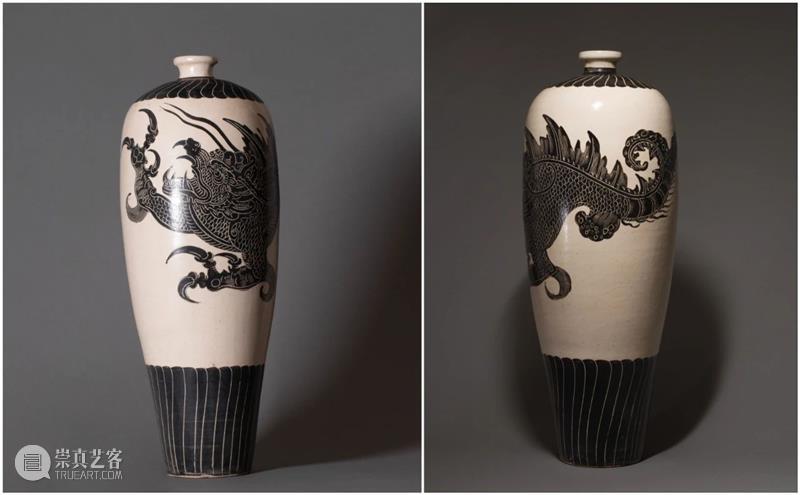
Prunus Vase with Black Dragon Design on a White Ground, Cizhou Ware, Song Dynasty
Collected by Meibo CollectionThree claws are most commonly seen in dragons on Cizhou ware. In this pattern, the dragon’s head is overlapped with its neck, showing imposing power. The fish-like tail looks graceful and flexible. Extremely sharp foreclaws are hyperactive and wide open as if ready to take prey.Ming and Qing Dynasty
For most Chinese, dragons are known to have five claws on each foot. As in Chinese mandarin, five-clawed dragons are called ‘Long’ and four-clawed dragon-like creatures are called ‘Mang’ ("python").
A large number of well-preserved porcelains produced in the Ming and Qing dynasty also show five-clawed dragons.
Bowl with yellow enamel design of a dragon and cloud patternYongzheng reign (1723-1735), Qing dynasty (1644-1912)collected by The Palace Museum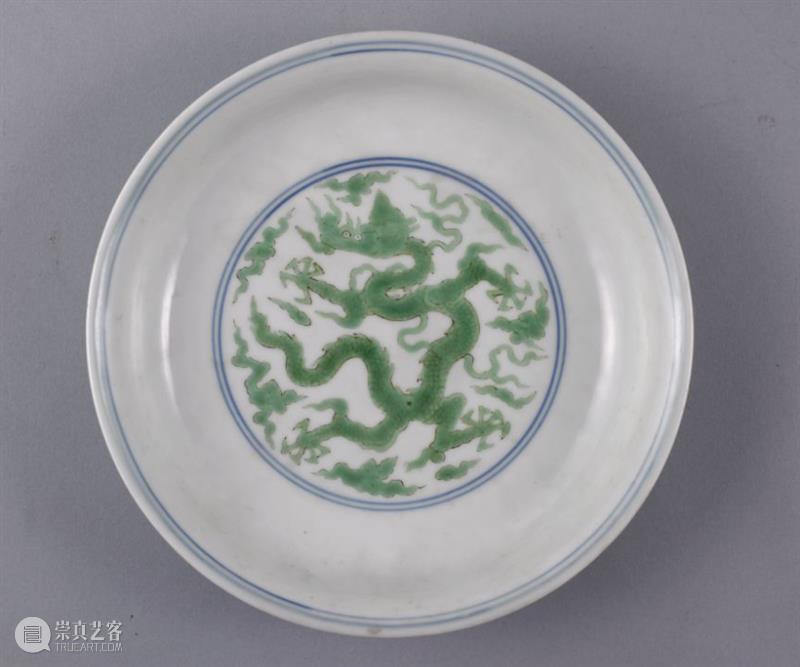
Blue-and-white dish with green enamel design of a dragon and cloud pattern
Ming Dynasty (1368-1644), collected by The Palace Museum
During that period, porcelains decorated with a pattern of five-clawed dragons were produced exclusively for use at court, especially for ruling family, i.e. the emperors, the emperor's sons, and the princes of the first and second ranks emperors, as a sacred symbol of imperial power, representing its dignity.From movies and TV series that tell historical stories, we can also see emperors wearing robes embroidered with dragon patterns, or, as a plot’s conflict, traitors framed politicians by hiding dragon robes in their homes.According to proven records, it was during the Huizong period (1333-1370), the last emperor of the Yuan dynasty (1271-1368) that the imperial family started to use the five-clawed dragons, which were chasing flaming pearls among clouds, and the five-clawed dragons were officially restricted to the usage of the imperial family. 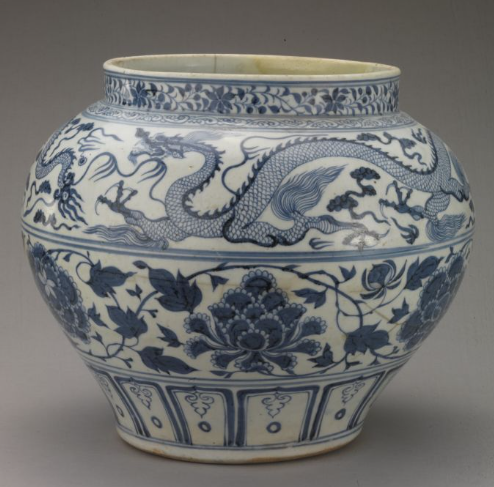
A blue-and-white jar with interlocking peony and dragon pattern
Yuan Dynasty (1271-1368), collected by the Palace Museum
Different from the above dynasties, dragons from the Song period(960-1279) were depicted with three-claws, four-claws or five-claws, and they were not restricted to the use of the ruling family.Scholar-artists of the Song dynasty usually depicted dragons with four claws, the porcelain producers of private kilns followed the artists when elaborating dragons on porcelains, but not limited to four claws. Fan Dong Qing, a Chinese expert in ancient ceramics of China, the one who discovered the original kiln site of Ru Ware of the Northern Song dynasty, believes that ‘The dragon has three, four or five claws in the Song and Yuan dynasty, three-clawed and four-clawed dragons were most commonly seen, and the dragon pattern could be used by everyone.’The court of the Song dynasty encouraged cultural diversity and opening up. Apart from its birthplace, porcelains were also widely exported to Southeast Asia and other areas. As there were no restrictions from the court or the industry, the dragons were sometimes depicted conventionally, sometimes more creatively depending on the producers, who perfected their skills with everyday practice and left us with impressive dragon patterns.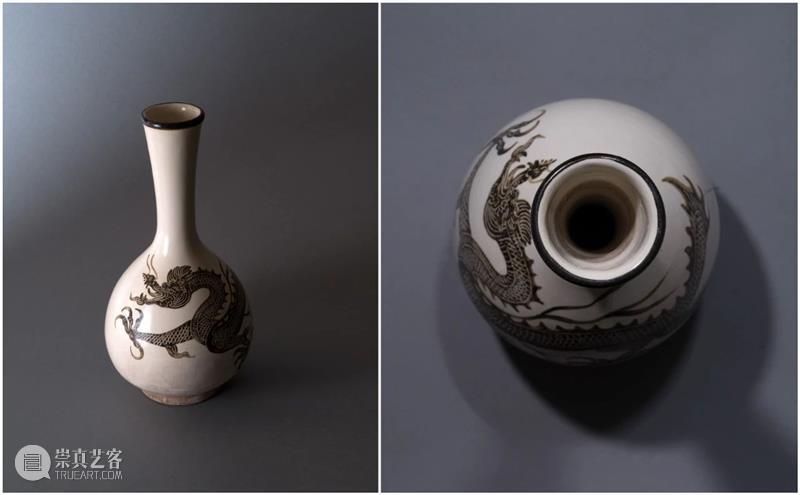
Vase with Black Dragon Design on a White Ground, Cizhou Ware, Song Dynasty
(Collected by Meibo Collection)
The dragon depicted on this vase has four claws, a relatively small head, a long-sharp mouth and a long-thin neck. Unlike usually thick-necked dragons on Cizhou ware, the whiskers of this dragon are designed particularly delicate based on the shape of the vase. With the scales of a carp, the belly of a snake and the tail of fish, the dragon looks especially fine and elegant.
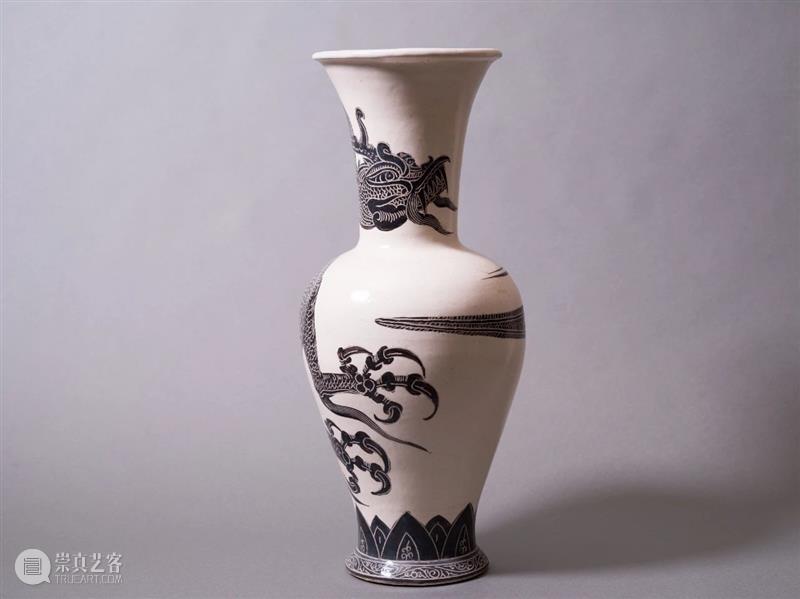
Vase with a Long Neck and Black Dragon Design on a White Ground, Cizhou Ware, Song Dynasty
(Collected by Meibo Collection)As one of the six great private kilns in the Song Dynasty, the dragon depicted on Cizhou ware has the talons of an eagle and moves through the air with incredibly flexible bodies twisting and turning as if swimming. It kept its mouth shut but still reveals superior magnificence, like the calm before the storm.
A Pellucid World:
Exhibition of Ceramic Wares from Three Kilns of the Song Dynasty
Producer
Chen Hui
Organizer
Meibo Art Museum·Meibo Collection
Duration
Open from December 15, 2022
(closed on Mondays)
Venue
Meibo Art Museum·Meibo Collection, No.88, Liming Road, Minhang District, Shanghai
Welcome to make an appointment for the exhibition
Long press the QR code below to enter the reservation page, and show your Reservation Code before entering the museum.

Ticket information
Meibo Art Museum·Contemporary Art : Free admission
Meibo Art Museum·Meibo Collection: RMB 50 each person
* Tickets for Meibo Collection must be purchased at the service desk of Meibo Art Museum
* Children under 1.3 maters tall (incl.) are allowed to enter without tickets
* Note: 1 child under 1.3 meters tall must be accompanied by at least 1 adult
1. Visitors must provide the Reservation Code before entering the museum.
2. People who do not use or do not know how to use smart phones (including senior citizens and children), must register ID number and cell phone number and Relative’s Health Code by accompanying family members.
3. Mask must be worn at all times and please keep 1 meter distance when queuing and visiting.
Opening hours
10:00 - 17:00From Tuesday to Sunday (closed on Mondays)
Address
Meibo Art Museum, No. 88, Liming Road, Minhang District, Shanghai



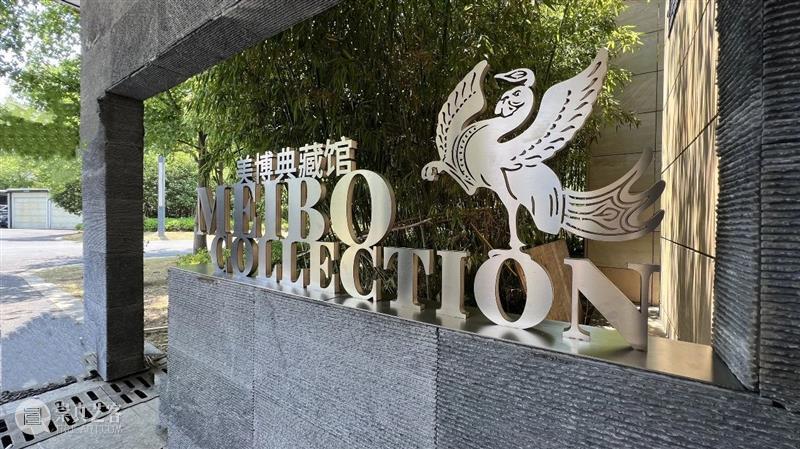

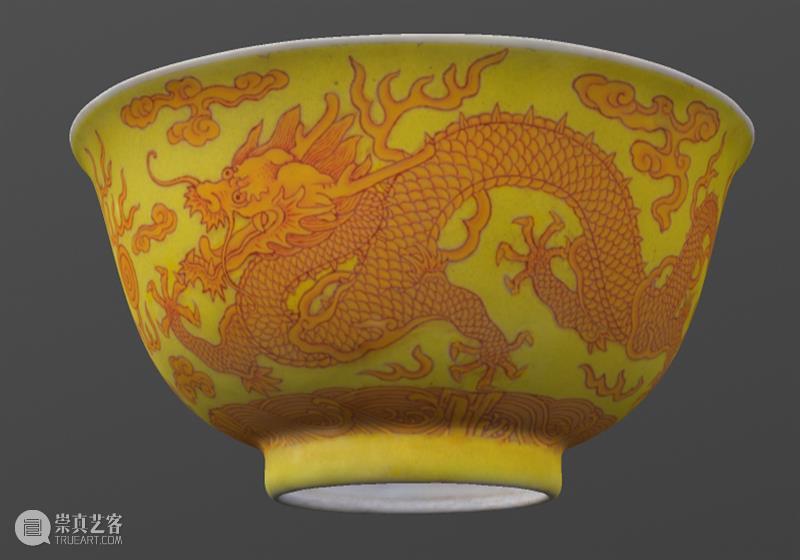

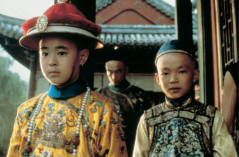



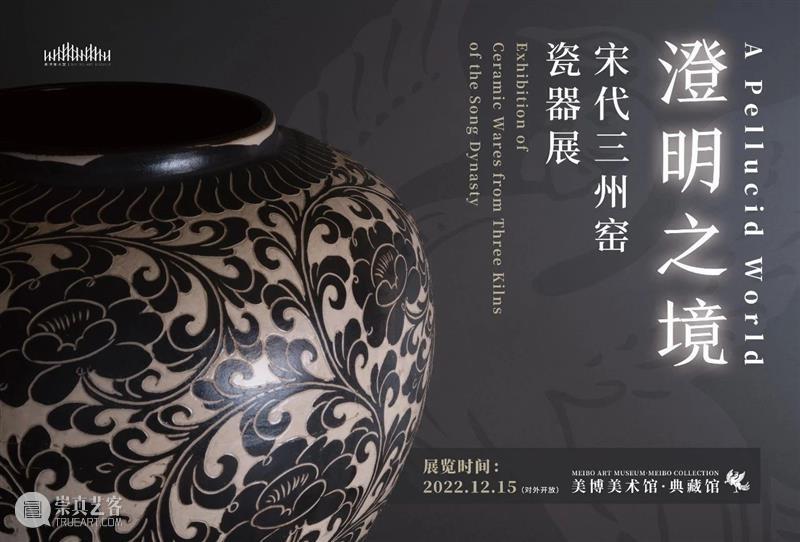


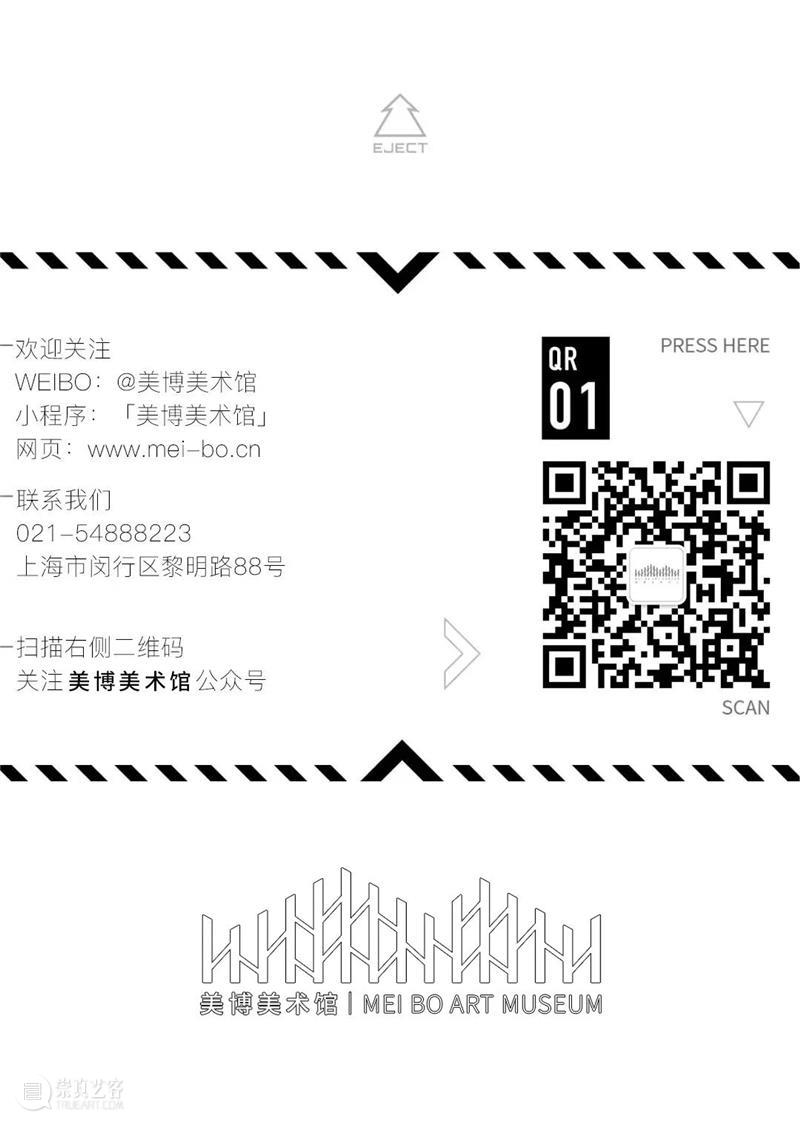







 分享
分享